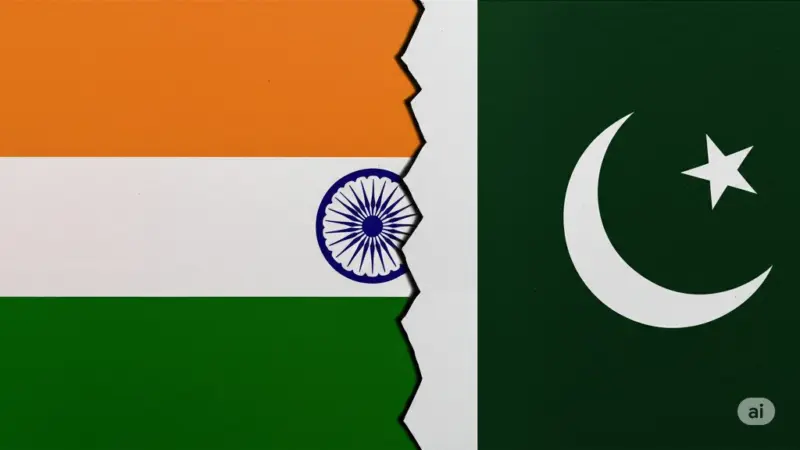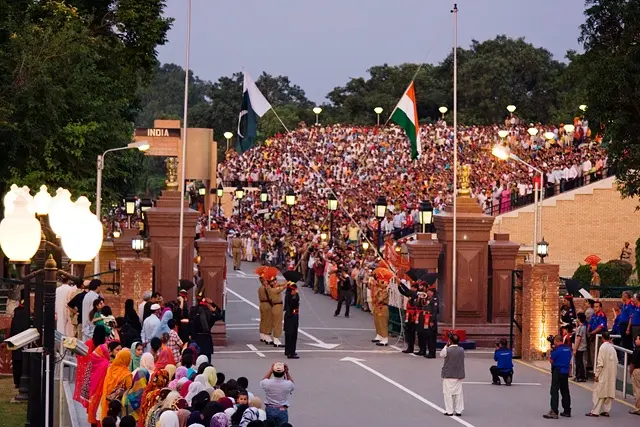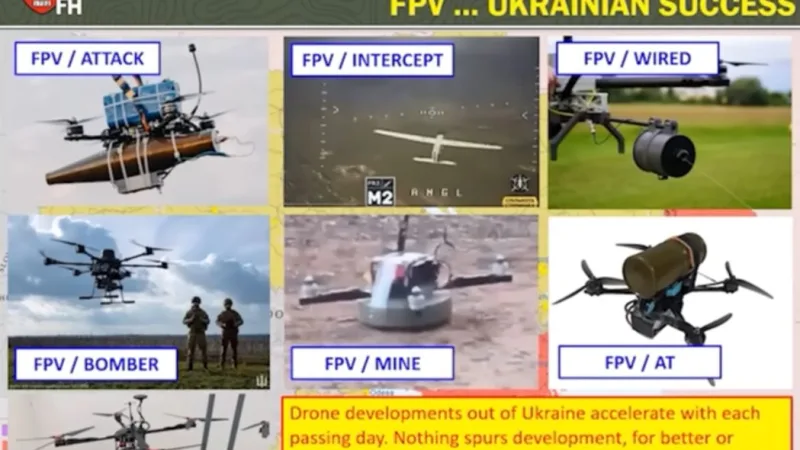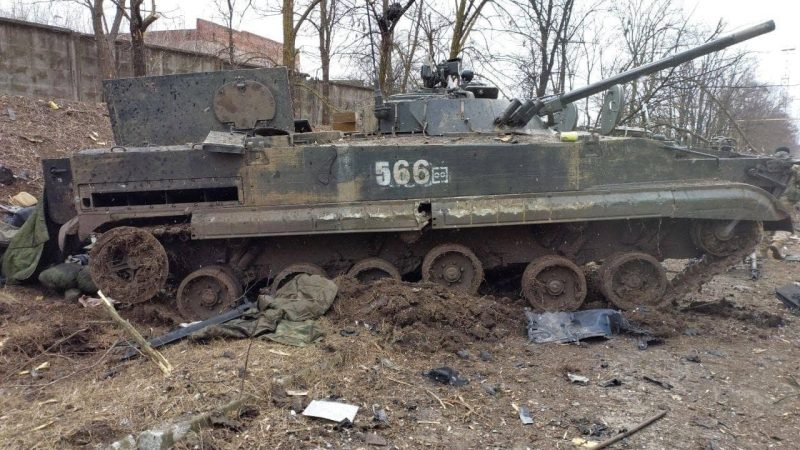Black Soot and Billion Lives: The Global Catastrophe of a South Asian Nuclear War
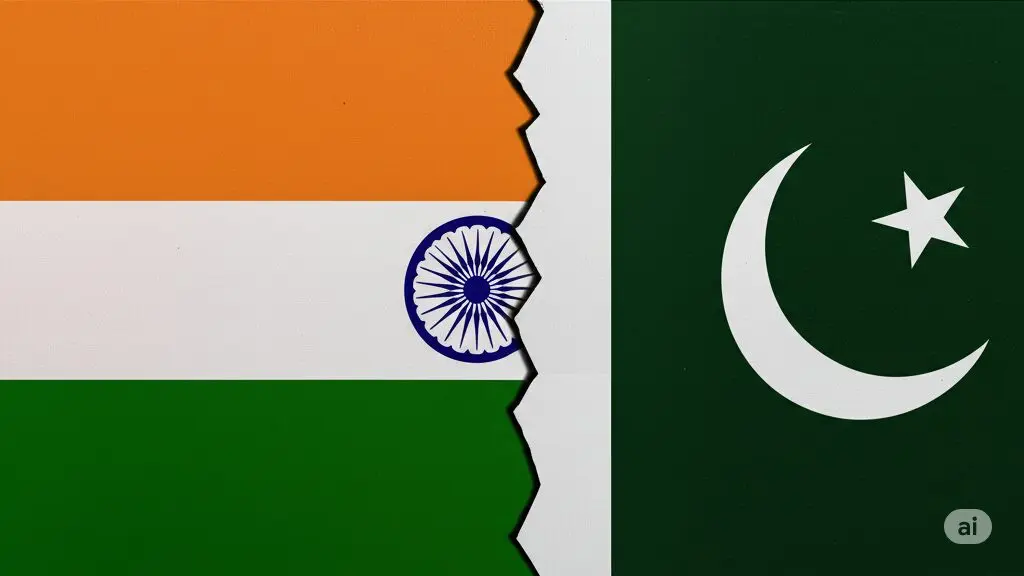
In light of the recent terrorist attack in Phalgam and the rising tensions between India and Pakistan, a chilling question resurfaces: What if a regional skirmish spirals into nuclear war? A scientific paper by Richard P. Turco and colleagues paints a harrowing picture—not just for South Asia, but for the world.
A Local War with Global Consequences
The long-standing hostility between India and Pakistan has always carried an undercurrent of nuclear threat. While both nations possess advanced military capabilities and a shared traumatic history, the paper presents a detailed and scientifically grounded simulation of how a future war—triggered by events not unlike the recent Phalgam attack—could escalate beyond imagination.
According to the research, a hypothetical conflict in 2025 beginning with a terrorist attack on India’s Parliament leads to a rapid spiral: military mobilizations, border skirmishes, miscommunication, and finally, nuclear engagement. The estimated casualties? Between 50 and 125 million people—most within South Asia. But the aftermath wouldn’t stop at human loss.
Black Carbon and a Choking Planet
If nuclear weapons of even 15 kiloton yield (similar to the Hiroshima bomb) are used in urban centers, the fires ignited would spew millions of tons of black carbon into the stratosphere. Unlike pollution near the surface, this black soot wouldn’t be washed away by rain. It would linger—for years.
In the modeled scenario with 50 kiloton warheads, over 27 teragrams of black carbon would be released into the upper atmosphere. This soot would absorb sunlight, dramatically cooling the Earth’s surface.
- Global average temperatures would fall by several degrees.
- Rainfall patterns would be disrupted.
- Agriculture, even in faraway continents, would collapse under the weight of nuclear-induced climate change.
What scientists call a “nuclear winter” could begin not just on the subcontinent, but globally. The resulting famine could affect up to 2 billion people.
Why This Is Not Science Fiction
This isn’t Cold War-era speculation. India and Pakistan are two nuclear-armed nations with a documented history of conflict: 1947, 1965, 1971, Kargil in 1999, and the Pulwama-Balakot episode in 2019. Each round ends with high casualties, heightened nationalism, and dangerously frayed diplomatic ties.
India officially follows a “No First Use” nuclear doctrine. Pakistan has said it will use nuclear weapons if it believes its territorial integrity is under serious threat. But as history shows, intentions can crumble in the fog of war, especially under political chaos, misinformation, or cyber disruption.
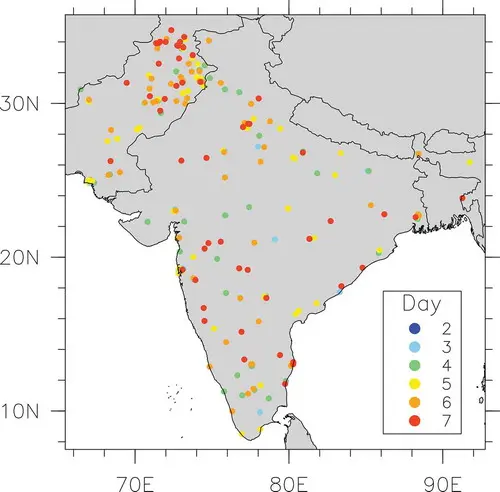
Phalgam: A Wake-Up Call, Not a War Cry
The recent Phalgam terror attack, which claimed the lives of 25 Indian civilians and 1 foreign national, has once again reignited intense cross-border accusations between India and Pakistan. The attack that occurred in a scenic Kashmir valley is tragically reminiscent of the 2001 Indian Parliament attack—an event that brought the two nuclear-armed neighbors to the brink of full-scale war. If history is any guide, we’re once again walking a dangerously fine line.
In the aftermath of the Phalgam incident, tensions rapidly escalated. Both nations engaged in military standoffs involving the use of drones, missile strikes deep into each other’s territory, and targeted assaults on critical defense infrastructure. Civilian and military casualties were reported on both sides, with dozens killed and many more injured.
In a particularly alarming move, Pakistan convened a meeting of its National Command Authority (NCA)—the apex body responsible for decisions regarding the deployment and use of nuclear weapons. This rare development signaled just how close the region came to a potential nuclear confrontation.
Our article, “Water, War & Escalation: The Indus Waters Treaty and the New India-Pakistan Flashpoint”, examines these events in-depth, tracing their implications for regional stability and global survival.
The stakes today are astronomically higher than they were in 2001.
Both India and Pakistan now possess larger, more sophisticated nuclear arsenals, and the broader geopolitical landscape has grown increasingly volatile. From China’s expanding strategic footprint in South Asia to the global destabilization caused by climate change and resource scarcity, multiple flashpoints have added new and dangerous dimensions to an already fraught rivalry.
Famine in Africa, Frost in Europe, Collapse in Asia
This is where the paper becomes truly terrifying: A nuclear war in South Asia could trigger food shortages in Africa, cool summers in Europe, and collapse monsoon patterns in Asia. In other words, the detonation of bombs in Lahore or Mumbai could lead to starvation in Lagos, drought in Bangkok, and unrest in Paris. This scientific research turns our understanding of nuclear war on its head. It’s no longer about nation-versus-nation. It’s humanity versus annihilation.
What Can Be Done?
To ensure long-term peace and stability in South Asia, both India and Pakistan must take meaningful steps to de-escalate tensions and build trust. Preventive diplomacy is crucial—there needs to be stronger conflict-resolution mechanisms, supported by active mediation from global powers and international organizations. Equally important is nuclear transparency; both nations must establish and maintain hotlines and confidence-building measures to avoid miscommunication that could escalate into conflict. Furthermore, it is vital that India and Pakistan commit to limiting the use and development of nuclear weapons. They should halt the expansion of their nuclear arsenals, engage in disarmament talks, and sign relevant United Nations treaties to reinforce their dedication to non-proliferation.
Beyond military concerns, the two countries should focus on trade, cooperation, and fostering people-to-people interactions. Economic collaboration and cultural exchange can help build mutual understanding and reduce hostility. Public awareness is also essential—citizens of both countries, as well as the global community, must fully grasp the catastrophic consequences of nuclear war and advocate for a future based on peace, not rivalry.
A Broader Perspective for Our Readers
This is not just an academic scenario. It’s a plausible future based on present realities. As readers from across the globe reflect on this research, especially in the wake of ongoing Indo-Pakistani tensions, we must ask: Is nationalism worth the risk of nuclear genocide? Can regional pride justify global collapse? The scientific models are clear. There is no such thing as a limited nuclear war between India and Pakistan. There is only one war—and we all lose.
Source: “Rapidly expanding nuclear arsenals in Pakistan and India portend regional and global catastrophe” by , Owen B. Toon, Charles G. Bardeen, Lili Xia, Hans M. Kristensen, Matthew McKinzie, R. J. Peterson, Cheryl S. Harrison, Nicole S. Lovenduski & Richard P. Turco

